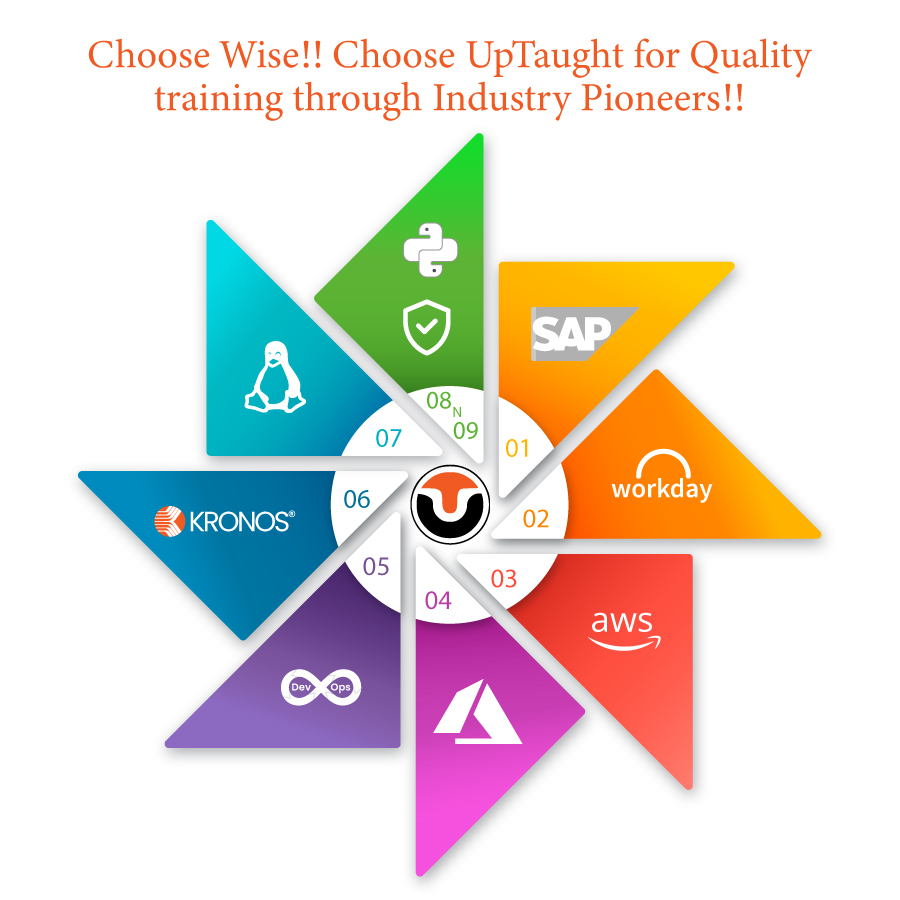We have shared the often-asked Workday Integration Interview Questions and Answers part-1, which will help you to crack the interviews.
Let’s get started the Part 2
1. What is Cloud Connect Integration?
Combination Cloud Connect refers to a set of connecting objects designed to supplement Workday’s core business apps by providing pre-built connections with third-party applications and services. Every combination is sent to the Workday Cloud, which provides all of you with the benefits of a fully automated and managed application.
Clients value well-formed and stable reconciliation arrangements, as well as staying current with the latest framework, tooling, application changes, and merchant changes (where relevant). Connectors and toolboxes are two types of bundled material that come with joining Cloud Connect. Workday oversees, maintains, and upholds the material provided in each circumstance.
2. Describe the Workday Cloud Connect Package.
Workday Cloud Connect Package is a set of connectors that speeds up the deployment of Workday integrations to both known and unknown third-party systems. It orchestrates end-to-end integration, including logic processing and error management.
Within the Workday Cloud Connect Package, you have the ability to configure the services orchestration to meet your individual integration needs.
Workday Cloud Connect Packages are used to create integrations that run in the Workday cloud.
Want to learn more? Click here
3. What is the search prefix for integrations?
The prefix “intsys:” is used to search for integrations.
4. Make a list of the different Workday Integration ID kinds.
- Workday ID
- External ID
- Reference ID
5. What are your thoughts on Workday Connectors?
Workday Connectors allows businesses to extend Workday’s capabilities and integrate them with third-party SaaS apps, systems, services, and more that are critical to the human resources ecosystem, such as talent management, recruiting, payroll, core HRM, and more.
Pre-packaged Workday integration gives businesses immediate access to the Workday API, allowing them to use the Workday API for all of their human capital management needs.
6. Mention a few Workday Tenants from pre-production and post-production?
- Tenants for pre-production workdays include production and sandbox tenants.
- Workday Tenant in Post-Production: Implementation Tenant and Gold Tenant
7. What is a Platform-as-a-Service for Complete Integration?
The Workday Integration Cloud provides a flexible platform for integrating with Workday. Workday offers a number of web administrations that seamlessly integrate with Workday, allowing organizations to build their own reconciliations using Workday’s open web administration APIs. Workday, on the other hand, provides a set of self-administration joining tools, including pre-assembled combinations, that allow both business clients and IT designers to create, arrange, test, and deliver unique mixes.
8. Explain the monitoring and control of the Workday Integration process.
Weekday Interface allows you to manage and monitor all of your workday integrations, regardless of their nature. It allows both integration administrators and non-technical business users to:
- Integrations can be scheduled and launched.
- View and manage integrations from the past, present, and future.
- Depending on integration events, create and manage email notifications.
- Configure integration security to create and see integrations and their associated data.
Click here to know more
9. Will Workday integrations be less complicated?
Yes. Workday offers a variety of packaged integration tools to help with integrations –
- Integration Cloud Platform: Workday Cloud integrations can be built, deployed, and managed.
- Workday Cloud Connect: The Workday Cloud manages Workday’s environment of packaged connectors and integrations. This is a vendor-supported solution in which Workday bears the cost, risk, and integrations responsibility.
10. Is there an API for Workday?
Workday uses open, standards-based web-services APIs to give users full access to company operations and procedures. These REST or SOAP-based APIs provide an integration format that is compatible with all major client-side languages and integration middleware systems.
Final thoughts
That’s all for today. I believe this article will help you in cracking your interview. I have already written part- 1 blog article, you can check here. If you want to connect with us please visit our Website.
All the best!







